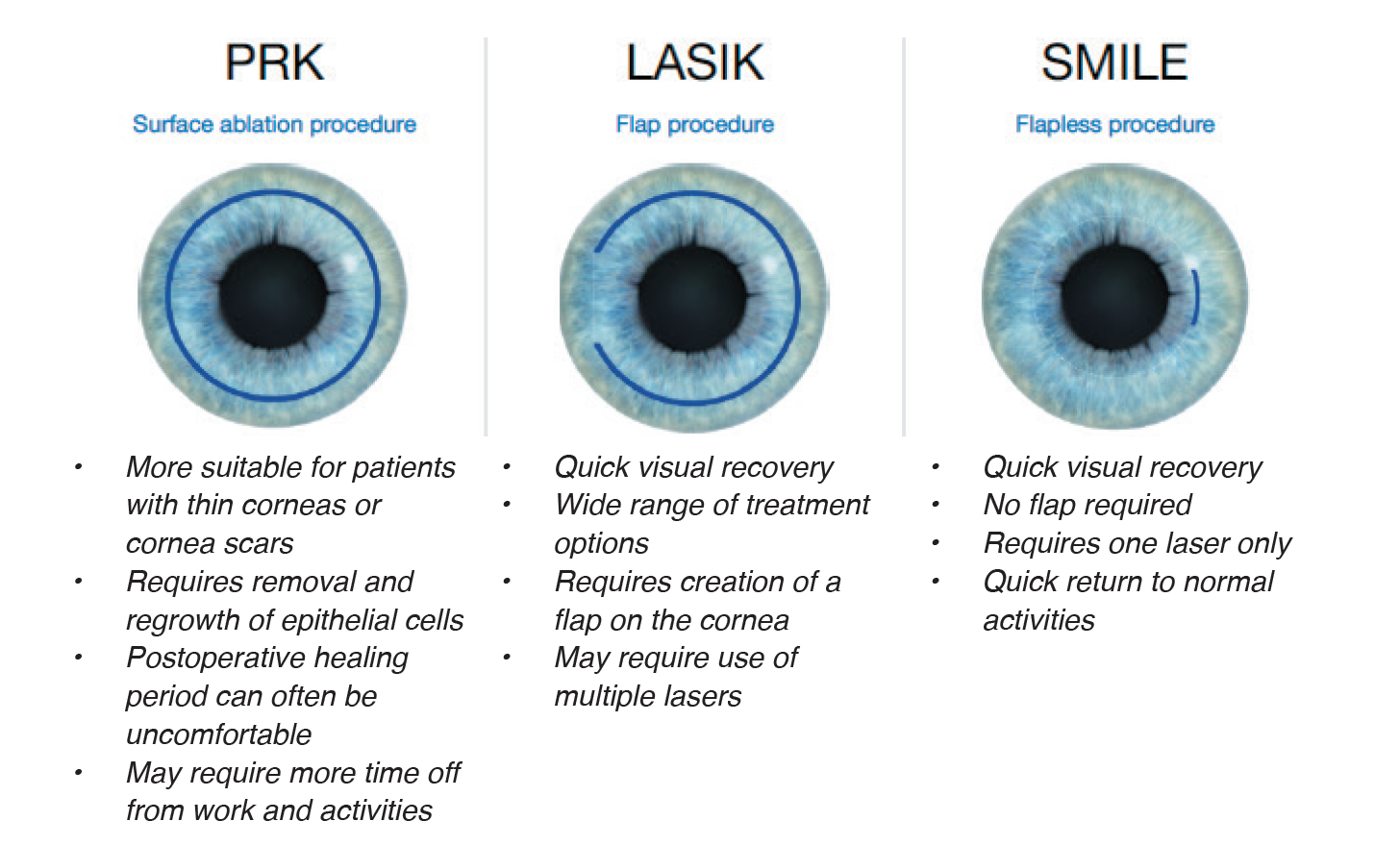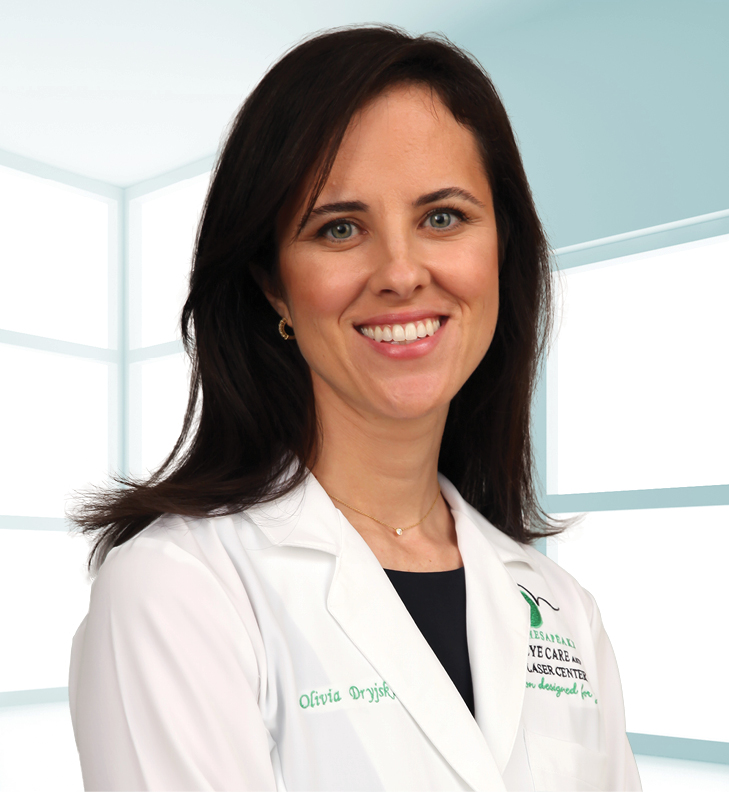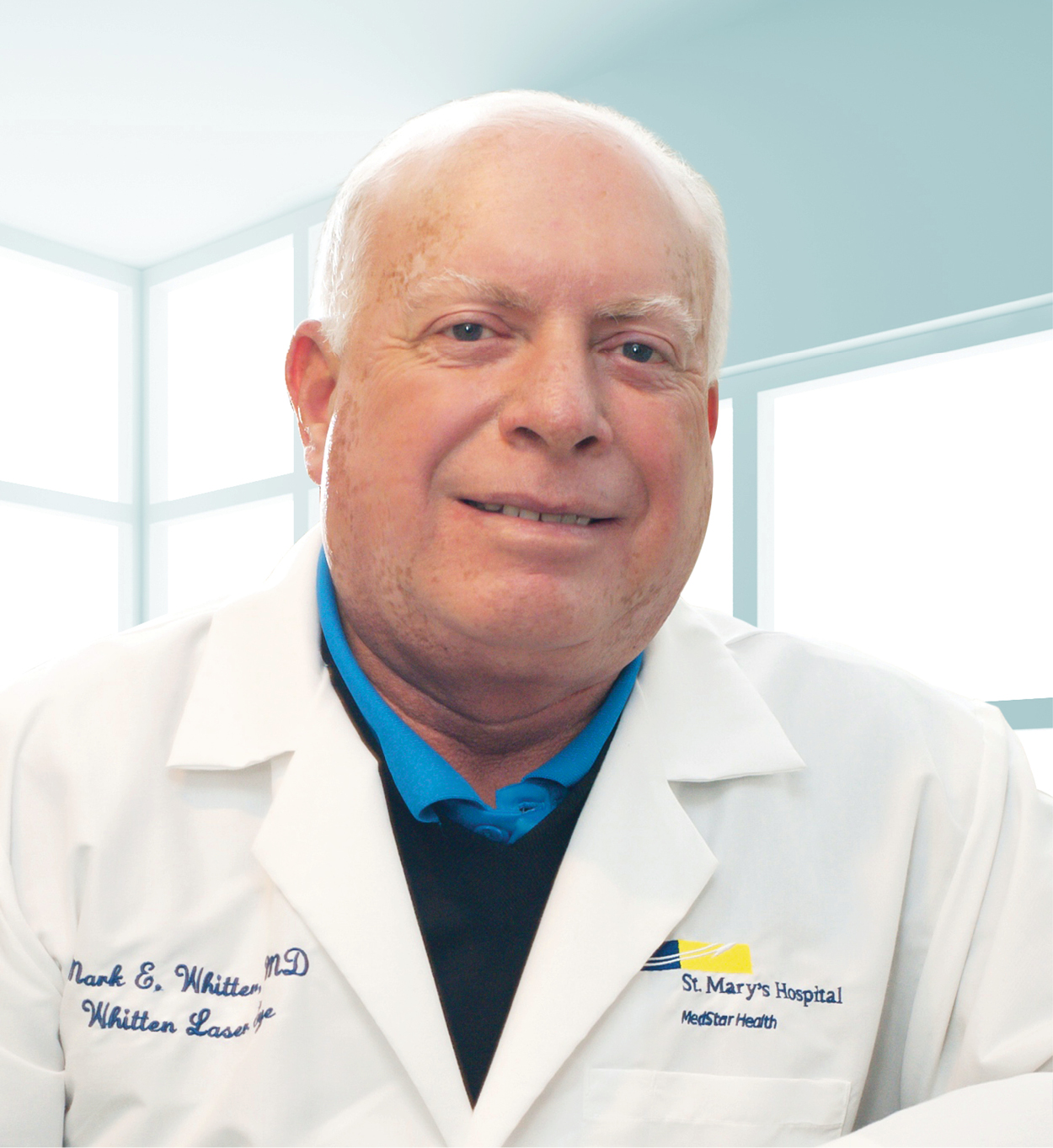How long does each procedure take?
The actual procedures are very quick! With LASIK, the laser time for each eye is only about 15 seconds, and your time in the laser suite will generally be under 15-30 minutes. The SMILE procedure takes about 10-15 minutes or less with the actual laser time being about 30 seconds. The PRK procedure takes about 5-10 minutes per eye. Our providers and staff spend the most time upfront analyzing your vision testing results and planning the best treatment for your customized laser vision correction procedure.
Do laser vision correction procedures hurt?
Prior to your procedure, we will administer anesthetic drops to numb the eye. Most patients say there is no pain during the procedure, but some report feeling mild pressure or vibration. You may feel a slight irritation for a few hours after. We recommend that you take a short nap and rest your eyes. For LASIK and SMILE, the majority of patients are back to their normal activities the following day. PRK patients typically require 5-7 days of recovery time.
What are the age requirements for these procedures?
A good candidate for LASIK or PRK is at least 21 years old with a stable prescription for at least one year. While the approved treatment range for a SMILE patient is 22 years old and older.
How long does laser vision correction surgery last?
A recent survey of patients who had LASIK beginning in 1995 showed that the majority believed that LASIK improved their overall quality of life and would recommend the procedure to others. The overall results of your procedure can last a lifetime! Your chances of needing an enhancement are greatly reduced when you choose a skilled surgeon with extensive experience like the providers at Chesapeake Eye Care and Laser Center. There is no charge for any enhancements needed during your first year.
What is Monovision?
Monovision is helpful for patients who wish to maintain their ability to read without glasses after experiencing presbyopia (the need for reading glasses as you age). In order to achieve Monovision, your doctor may decide to leave one eye slightly nearsighted while fully treating your other eye for distance vision. Monovision engages both eyes to work together as the brain naturally selects the clearer vision option. Monovision allows for the change in range of focus without the worry of contacts or glasses. There is often an adjustment period for patients who select Monovision while others adjust almost immediately. Your doctor may have you practice prior to surgery by using contact lenses to simulate monovision in order to see how you adjust. Because Monovision is a LASIK compromise, a patient may have to sacrifice some sharpness in distance vision and it is important to remember that while Monovision is beneficial for most near vision tasks, it is not always suitable for up close and fine print reading for long periods of time, and is unsuitable for people who play sports or who drive frequently at night.





 Dr. Olivia Dryjski is a board-certified ophthalmologist at Chesapeake Eye Care and Laser Center. Specializing in refractive surgery, laser cataract surgery, dry eye and cornea, Dr. Dryjski is trained on the latest techniques and treatments for cornea diseases including corneal cross linking and Descemet Membrane Endothelial Keratoplasty (DMEK) – the newest type of corneal transplant.
Dr. Olivia Dryjski is a board-certified ophthalmologist at Chesapeake Eye Care and Laser Center. Specializing in refractive surgery, laser cataract surgery, dry eye and cornea, Dr. Dryjski is trained on the latest techniques and treatments for cornea diseases including corneal cross linking and Descemet Membrane Endothelial Keratoplasty (DMEK) – the newest type of corneal transplant.  Dr. Daliya Dzhaber is a fellowship-trained ophthalmologist at Chesapeake Eye Care and Laser Center who specializes in cataract (including laser cataract surgery), cornea and refractive surgery, as well as uveitis and medical retina.
Dr. Daliya Dzhaber is a fellowship-trained ophthalmologist at Chesapeake Eye Care and Laser Center who specializes in cataract (including laser cataract surgery), cornea and refractive surgery, as well as uveitis and medical retina.  Dr. Mark Whitten is a board-certified cataract and refractive surgeon. In addition to performing surgeries at Chesapeake Eye Care and Laser Center, Dr. Whitten is also the Medical Director of Whitten Laser Eye and Founding Partner of
Dr. Mark Whitten is a board-certified cataract and refractive surgeon. In addition to performing surgeries at Chesapeake Eye Care and Laser Center, Dr. Whitten is also the Medical Director of Whitten Laser Eye and Founding Partner of 